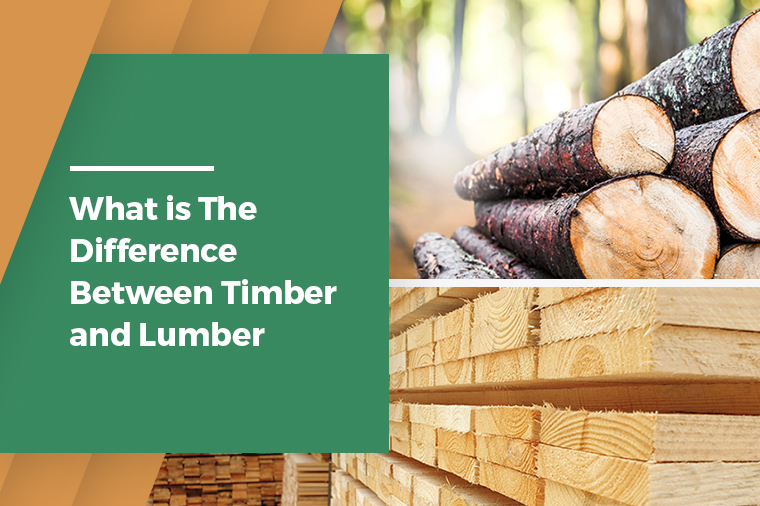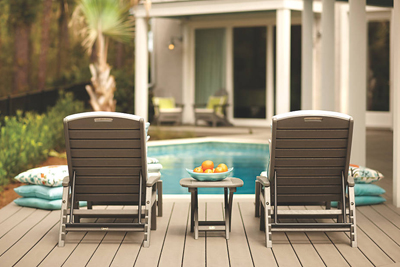What Is The Difference Between Timber and Lumber

To All Our Valued Customers, Over the past few years, the Covid 19 Pandemic has forced us to adapt and change the way we do things on a day-to-day basis. Florida Lumber is no exception. To make sure that we remain strong and competitive in the market for the years to come, Florida Lumber has had to adjust and change our vision for the future. In the last 2 years, we have stopped selling Sheetrock and drywall products, roofing felt and roofing materials, and have even closed on Saturdays.
Over the last few months, we have been transitioning our way out of the door supply business so on August 31, 2022, our door shop will stop assembling doors. We will continue liquidating our doors from inventory until we are out of material.
Some customers have asked if we are closing or even moving locations. To set the story straight, we are not closing or selling the business and we are not moving. These changes are all part of our new vision and path to continue serving South Florida and increasing our footprint in the construction supply industry.
Our focus is going to be on Lumber, Construction Materials, Rebar Fabrication and Rebar Accessories. As we have liquidated some of the items that we don’t sell anymore we have created more space to buy a larger volume of our core items and pass on the savings to our customers.
In the next year you will start seeing changes that will help improve our ability to serve you, our customers. We appreciate your business and your patience as Florida Lumber’s new vision becomes reality.
A Todos Nuestros Valiosos Clientes En los ultimos anos, la pandemia de el Virus (Covid 19) nos ha forzado a adaptarnos y cambiar la forma de hacer cosas en el dia a dia. Florida Lumber no ha sido una excepcion.
Para asegurarnos de mantenernos fuertes y competitivos en el mercado en los anos venideros, Florida Lumber ha tenido que ajustar y cambiar nuestra vision para el futuro. En los dos ultimos anos hemos dejado de vender los productos de yeso (sheetrock), paneles de yeso (drywall), tela asfaltica (roofing felt), materiales de techo y cerramos los Sabados. En los ultimos meses, hemos estado en transicion para salir del negocio de suministro de puertas, en Agosto 31, del 2022 nuestra tienda de puertas dejara de construir y/o cortar puertas. Vamos a continuar liquidando nuestro inventario de puertas haste que terminemos todo el material. Algunos de nuestros clientes han preguntado si estamos cerrando o si nos estamos moviendo a otra localidad. La verdad es que no estamos cerrando, no estamos vendiendo y no estamos cambiando de localidad. Estos cambios son todos parte de nuestra nueva vision y camino a continuar sirviendo al estado sur de la Florida y incrementar nuestras huellas en la industria de suministros de construccion.
paneles de yeso (drywall), tela asfaltica (roofing felt), materiales de techo y cerramos los Sabados.
En los ultimos meses, hemos estado en transicion para salir del negocio de suministro de puertas, en Agosto 31, del 2022 nuestra tienda de puertas dejara de construir y/o cortar puertas.
Vamos a continuar liquidando nuestro inventario de puertas haste que terminemos todo el material. Algunos de nuestros clientes han preguntado si estamos cerrando o si nos estamos moviendo a otra localidad.
La verdad es que no estamos cerrando, no estamos vendiendo y no estamos cambiando de localidad. Estos cambios son todos parte de nuestra nueva vision y camino a continuar sirviendo al estado sur de la Florida y incrementar nuestras huellas en la industria de suministros de construcción.
2431 N.W. 20TH ST.
MIAMI, FL 33142
PHONE: (305) 635-6412
Sales Fax: (305) 633-4054
Accounting Fax: (305) 635-3723
Email: sales@tloridalumber.com

We're a third-generation importer and supplier of timber and lumber products. It was founded in 1957. People frequently inquire about the distinctions between timber, lumber, and wood, and we often see and hear them. There are geographical differences in how the terms are used, which can be a source of disagreement. The difference between lumber and timber varies greatly depending on where you live. Timber relates to sawn wood and also processed wood products. We use it for home construction, cladding, decking, and furniture production in the United Kingdom, New Zealand, and Australia. The term "lumber" refers to trees that have been felled.
What is Timber?
Timber, in one sense, refers to wood that has not been harvested; that is, wood that is still in the condition of an undisturbed upright tree with roots firmly planted in the ground. The transformation into different processed forms of wood products begins once the tree has been chopped down and removed from its root structure.
A second meaning of the word "timber" is a wood that still has its original bark. It is sometimes desirable to keep the wood in its original state and aspect for design aesthetics. As a result, instead of being sawn to precise measurements, timbers may maintain more of the size fluctuations that represent their growth patterns. Many people have a misconception that timers and lumber are the same. However, there is a difference between timber and lumber.
Another meaning of the word "wood" that brings it closer to lumber is identifying timber by its dimensional features. In contrast to smaller sizes of sawn wood, one definition deems timbers to be no less than 5 inches in diameter. Additional treatments, such as creosoting or chemical treatment, may be applied to timber. We do it to preserve their ability to withstand environmental exposure and avoid rot.
What is Lumber?
Lumber is a phrase that refers to varying lengths of wood that are used as building materials. The pieces of timber are cut longitudinally from the trunks of trees. They are recognized by having square or rectangular cross-sections, in contrast to poles or pilings, which have round cross-sections. Wood or fuel from growing trees is known as "lumber."
Lumber is divided into two types: softwood and hardwood. Fir, pine, spruce, redwood, and cedar are examples of evergreen or coniferous trees that produce softwood lumber. These woods are classified as such because they can be easily damaged with your fingertips. Because it retains and loses moisture more easily than hardwoods, you must take care of it to preserve the wood's reliability. This wood is light, soft, and easy to work with.
Hardwood lumber is made from deciduous trees such as ash, maple, oak, hickory, teak, birch, walnut, and mahogany. Except for balsa wood, many hardwoods are tougher and less easily dented than softwoods. Balsa wood is the lightest and softest form of hardwood, and it requires a warm climate with adequate drainage and plenty of rain. One of the benefits of balsa wood is that it provides effective sound and heat insulation.
Where do timber and lumber come from?
It's only a coincidence that both wood and lumber end in ‘-mber’ etymologically. Timber is derived from an Old English word that meant "home, building material, wood, trees" at one time. The term lumber is derived from the verb lumber, which means to move clumsily or awkwardly, like carrying a heavy object (like planks of wood).
The Difference Between Timber and Lumber
These two names are used interchangeably in many areas around the world. There are, however, some areas that establish the difference between timber and lumber.
|
Timber |
Lumber |
|
Timber is defined as a tree or erect wood that has not been processed into lumber. |
On the other hand, lumber is a piece of wood that has been laid down or processed. |
|
Several people refer to timber as a piece of bark-covered wood. |
A barkless piece of dry processed wood is referred to as lumber. |
|
The term lumber was first used in the 16th century and is thought to have originated in Italy. |
Timber has its roots that date back to the seventh century. |
|
Before wood can be sold commercially, it must generally be finished. |
Lumber is frequently supplied with precise measurements and is almost usually ready for use in construction and furniture construction. |
|
Timber is used to make pulpwood, charcoal, and is burned for take-up and furling, among other things. |
Lumber is used for a variety of purposes, the most common of which is construction. |
Timber refers to wood that is still rooted in the earth, whereas lumber refers to wood that is no longer attached to the ground. The term "timber" refers to wood that has retained its bark, whereas "lumber" refers to wood that has lost its peel. Timber is the term used in the United Kingdom and Australia to describe wooden boards, whereas lumber is used in the United States and Canada to describe wooden boards.
Visit Florida Lumber to find a plethora of choices of Lumber, Plywood, building materials, and much more.

